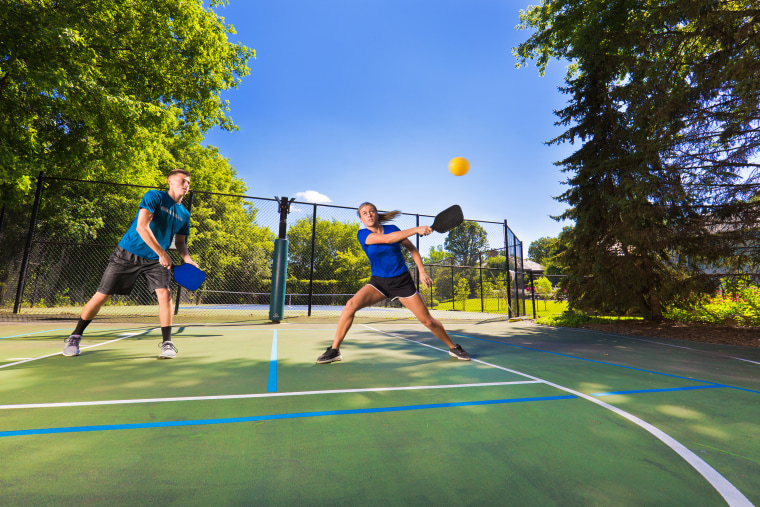ItвАЩs also a good form of excercise developing the climberвАЩs strength, stamina, and flexibility in every climb. And, of course, itвАЩs cheaper than trad climbing as less equipment is needed. It is obvious, sports climbing is safer compared to rock climbing. The preplanned bolts make the climb safer and more accessible. Meanwhile, trad climbing is dangerous and even has a higher mortality rate than sports climbing. Sometimes, it can be done outdoor, but the best location should be in the climbing gym where the route is already set up.

- All of these features will be the one creating holds that will be useful when ascending and inserting all the needed protection.
- It also makes sense that the lower a route is rated, the less people would want to go climb it, meaning it would have less votes.
- And remember, this discussion is in terms of the use of MP, not to define Sport and Trad for the climbing community at large.
- The runouts on the upper pitches can easily exceed 40 feet—or more.
- TheyвАЩre used for a variety of purposes but mainly for keeping rope drag low by extending a placement on a bit of gear.
- Lowering or Rappelling вАУ Just like Sport climbing, you can either be lowered by your belayer when you reach the top, or you and your second can both rappel off.
This means that we can reject the null ahmvsc hyopthesis that there is no difference in climbers abilities. So, what is the difference between sport climbing and top roping? Technically speaking, вАШsport climbingвАЩ means lead climbing on a pre-bolted sport route, while top roping means following someone who has lead climbed either a sport or trad route.
Sport Climbing Vs Trad Climbing: Knowing The Difference
Trad climbing is all about doing adventures and exploration, while sports climbing is all about focusing on the athleticism of the climber. Meanwhile, sports climbing is one of the most recognizable forms of rock climbing. This type of climbing is all about pushing your limits and capabilities and is devoted to the pure athleticism of the individual. It is not limited to the one you probably saw on many indoor climbing gyms.
What Do You Need For Trad Climbing?
However, they are best known for their work in a particular style. Here are some of the worldвАЩs baddest climbers in sport climbing and trad. The bolts on a sport route should be bolted in a way that limits the possibilities of ground fall or a leader hitting a ledge or other obstacle. And a routeвАЩs hardest move (the вАЬcruxвАЭ) is easier to protect and makes a fall at that spot inconsequential.
Sport climbing on the other hand is much more focused on strength, technique, and balance. Sport climbers do not need to be able to place protection, but because of this, the routes they are able to attempt are more difficult leading to a more physical challenge. Protection, also known as вАШproвАЩ comes in active and passive types. Eric Neyer was introduced to the joys of rock climbing while studying creative writing in the U.S.
You will also be familiar with how to protect yourself during the climb, as well as safety and repelling skills. A quickdraw is two carabiners joined by a strap where one end goes into the safety point as you climb up and your rope goes through the other. This allows the rope to move freely, thereby allowing the belayer to still control the length of the rope, but also creates a safety point on the rock. It can only be done in certain locations and for many climbers it isnвАЩt as rewarding as more challenging forms of rock climbing.
Or do you prefer to simply clip in to the pre-placed bolts an keep climbing? Many people who are new to climbing wonder about the differences between sport climbing and trad climbing. For novice climber, itвАЩs widely advised to have an adept leader in the first traditional climb just in case. Technically, the leader shall place protections every 5 вАУ 15 feet but on the field, the conditions of the rocks dictate the distance.
